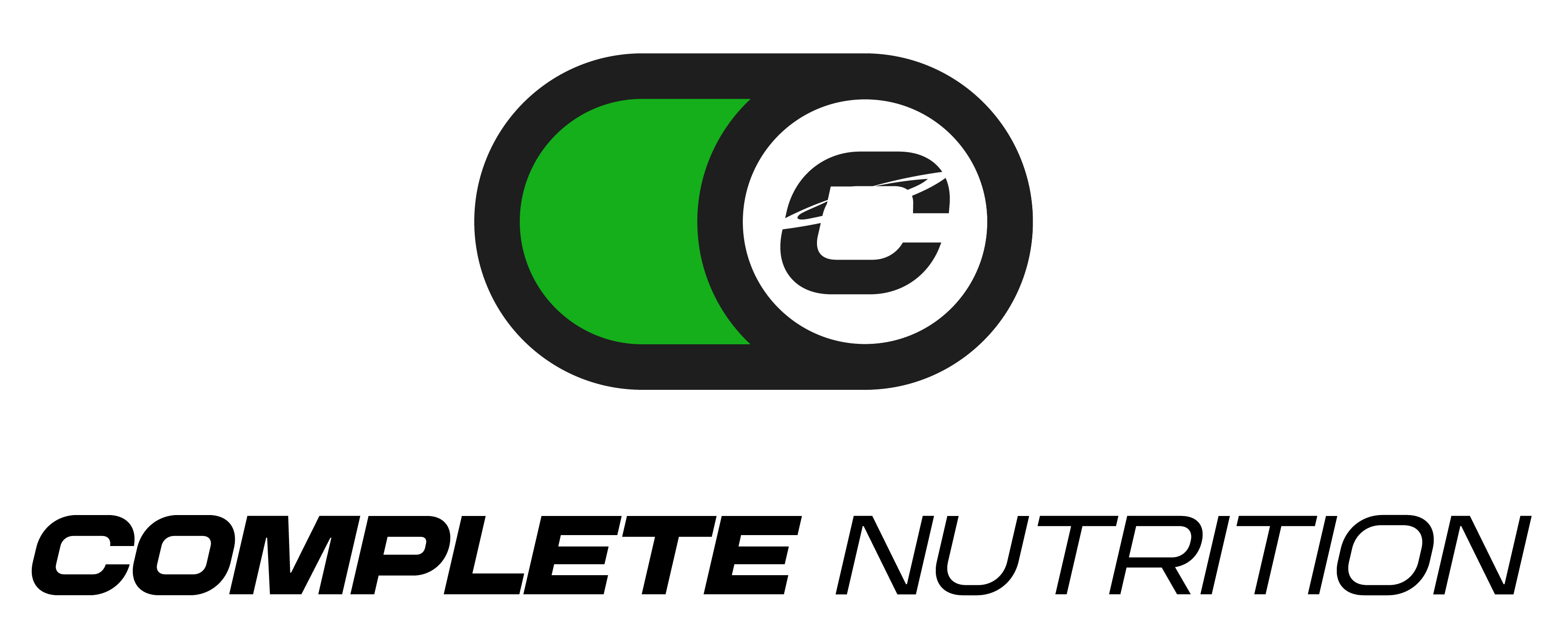Cornflakes are one of the most widely consumed breakfast cereals in the UK and beyond. They’re often chosen for their convenience and mild flavour, but if you’re monitoring your calorie intake, you might be wondering just how many calories are in a bowl of cornflakes—and whether they’re a good choice for your overall nutrition goals. This guide will break down the calorie content by weight, preparation style, nutritional value, health implications, and more.
Calories in Cornflakes by Serving Size
A standard serving size of cornflakes is typically 30 grams, which is around one average bowl without milk. This serving contains approximately 113 calories. When milk is added, the total calorie count depends on the type and amount used.
For example, a bowl of cornflakes with 125 ml of semi-skimmed milk adds around 60 calories, bringing the total to roughly 173 calories. Using whole milk increases this to around 195 calories, while using skimmed milk keeps the total closer to 155.
If you increase the portion size, so do the calories. A 50-gram serving contains about 188 calories before milk, while a 100-gram portion will push the total to around 375 calories. These larger servings are more typical when someone eats straight from the box or doesn’t measure out portions.
Nutritional Breakdown
Cornflakes are primarily made of milled corn, sugar, and malt flavouring, fortified with vitamins and minerals. Here's a nutritional profile based on a 30-gram serving:
- Calories: 113
- Protein: 2.4g
- Carbohydrates: 25g
- Sugars: 2.4g
- Fat: 0.2g
- Saturated Fat: 0.05g
- Fibre: 0.9g
- Salt: 0.25g
When milk is added, both the protein and fat content increase depending on the type of milk used. Whole milk will add more fat and calories, while skimmed milk keeps the addition light but protein rich.
Glycaemic Index of Cornflakes
Cornflakes have a high glycaemic index (GI), typically around 80–90, depending on brand and processing. This means they cause a rapid spike in blood sugar levels after consumption. Foods with a high GI can be problematic for those managing diabetes or trying to maintain stable energy throughout the day.
How Cornflakes Are Made
Cornflakes are made by cooking corn grits in sugar and malt syrup under pressure, followed by rolling the mixture into flakes and toasting them until crisp. The process gives cornflakes their signature crunch and light texture. Many commercial brands then fortify the product with added vitamins like B12, D, and iron to boost nutritional value.
Benefits of Eating Cornflakes
Cornflakes are low in fat and can be part of a low-calorie breakfast if served with skimmed milk and minimal added sugar. They are quick to prepare and can provide some essential nutrients due to fortification. Their neutral taste also makes them appealing to children and those with sensitive stomachs.
Downsides of Cornflakes
Despite their convenience, cornflakes are not particularly nutrient-dense. They are low in protein and fibre, meaning they may not keep you full for long. Their high GI rating can lead to rapid spikes and drops in blood sugar, which may cause mid-morning hunger or energy crashes. Many brands also contain added sugar, even in seemingly plain varieties.
How Cornflakes Impact Your Diet
If you’re aiming to lose weight or manage your calorie intake, cornflakes can fit into your diet—provided they’re consumed in moderate portions and balanced with a source of protein or fibre. On their own, they’re unlikely to provide lasting satiety. Pairing them with Greek yoghurt or a boiled egg on the side can help make the meal more balanced.
Healthier Alternatives to Cornflakes
If you find that cornflakes leave you hungry or cause a sugar crash, consider switching to a breakfast cereal with a lower glycaemic index and more fibre. Porridge oats, for instance, release energy more slowly and keep you feeling fuller for longer. Wholegrain cereals with no added sugar and higher protein content are also a better choice if nutrition is your priority.
Summary
A bowl of cornflakes contains around 113 calories without milk and roughly 173 calories with semi-skimmed milk. While low in fat and quick to prepare, cornflakes are high on the glycaemic index and relatively low in protein and fibre. They can be part of a balanced diet when eaten in moderation and combined with more filling foods, but they’re not the most nutritious breakfast option available. If you're looking for a healthier start to the day, oats or high-fibre cereals may offer better long-term benefits.

Share:
How Many Calories in a Bowl of Coco Pops
How Many Calories in a Breakfast Wrap McDonald’s